判决
Doogee Blade 20 Turbo 以不到 300 欧元的价格提供了很多东西:几乎坚不可摧的外壳、在日常使用中基本可以流畅运行的相对较高的性能,以及频繁使用下可持续两天的大容量电池。
作为回报,你必须接受增加的重量和相当笨重的设计。目前的更新情况还不错,每两个月就会有安全补丁,但目前还不清楚这种情况会持续多久。扬声器和摄像头的性能有限,不应指望它们能提供强劲的效果。
肉眼直接对比就能明显看出屏幕分辨率较低,但显示屏没有 PWM 闪烁,因此适合对屏幕闪烁敏感的用户使用。存储速度很快,提供 microSD 插槽,Wi-Fi 性能也相当快。
总的来说,这是一款性价比很高的智能手机。如果你能接受上述缺点,那么它暂时的畅销地位就不难理解了。
Pros
Cons
价格和供应情况
Doogee Blade 20 Turbo 在amazon.de有售,测试时的价格约为 270 欧元。
规格
机箱和设备--笨重而坚固
如果您正在寻找一款坚固的智能手机,那么 Doogee Blade 20 Turbo 将是一个可靠的选择。这款手机的外壳让人一目了然:厚实的边框、部分橡胶表面和 15.8 毫米的深度--相比之下,即使是三星 Galaxy XCover 7也显得纤薄。
Doogee 手机重 331 克,拿在手上非常稳固。它可以经受灰尘环境、水浸泡,甚至高压清洗而不会损坏。
这款手机不支持 eSIM 卡,USB-C 端口的速度仅限于 USB 2.0。不过,它配备了 NFC 功能,可用于非接触式支付等功能。
» Notebookcheck多媒体笔记本电脑Top 10排名
» Notebookcheck游戏笔记本电脑Top 10排名
» Notebookcheck低价办公/商务笔记本电脑Top 10排名
» Notebookcheck高端办公/商务笔记本电脑Top 10排名
» Notebookcheck工作站笔记本电脑Top 10排名
» Notebookcheck亚笔记本电脑Top 10排名
» Notebookcheck超级本产品Top 10排名
» Notebookcheck变形本产品Top 10排名
» Notebookcheck平板电脑Top 10排名
» Notebookcheck智能手机Top 10排名
» Notebookcheck评测过最出色的笔记本电脑屏幕
» Notebookcheck售价500欧元以下笔记本电脑Top 10排名
» Notebookcheck售价300欧元以下笔记本电脑Top 10排名
| SD Card Reader - average JPG Copy Test (av. of 3 runs) | |
| Oukitel WP35 (Angelbird V60) | |
| Cubot KingKong AX (Angelbird V60) | |
| Doogee Blade 20 Turbo (Angelbird V60) | |
| Samsung Galaxy XCover 7 (Angelbird V60) | |
| Average of class Smartphone (5.72 - 58.9, n=67, last 2 years) | |
Cross Platform Disk Test (CPDT)
通信和操作 - 带指纹传感器的 Doogee 手机
Doogee Blade 20 Turbo 支持 5G,其频段足以在欧洲各地使用。不过,在国际旅行时,建议检查当地网络是否完全兼容。
支持 Wi-Fi 6,但无法访问不常用的 6 GHz 频段。传输速度通常很高,但偶尔也会出现波动。
触摸屏的刷新率为 90 Hz,确保输入反应灵敏。指纹传感器集成在机身右侧的电源按钮上,功能可靠,解锁延迟极小。人脸识别功能也可用于快速解锁。
| Networking | |
| Doogee Blade 20 Turbo | |
| iperf3 transmit AXE11000 | |
| iperf3 receive AXE11000 | |
| Oukitel WP35 | |
| iperf3 transmit AXE11000 | |
| iperf3 receive AXE11000 | |
| Cubot KingKong AX | |
| iperf3 transmit AXE11000 | |
| iperf3 receive AXE11000 | |
| Samsung Galaxy XCover 7 | |
| iperf3 transmit AXE11000 | |
| iperf3 receive AXE11000 | |
| Average 802.11 a/b/g/n/ac/ax | |
| iperf3 transmit AXE11000 | |
| iperf3 receive AXE11000 | |
| Average of class Smartphone | |
| iperf3 transmit AXE11000 | |
| iperf3 receive AXE11000 | |
软件和可持续性--更新情况不明
操作系统基于Android 15,只做了极少修改。制造商没有说明设备将在多长时间内接受更新。在测试过程中,可以使用 2025 年 5 月的安全补丁更新,这在当时还是比较新的。
不过,该手机缺乏 Widevine L1 认证,因此许多供应商提供的流媒体内容仅限于标清质量。
在可持续发展方面,没有明显的官方声明。
照相机 - 可录制 4K 视频的静态照相机
Image comparison
Choose a scene and navigate within the first image. One click changes the position on touchscreens. One click on the zoomed-in image opens the original in a new window. The first image shows the scaled photograph of the test device.
Hauptkamera PflanzeHauptkamera UmgebungHauptkamera Low Light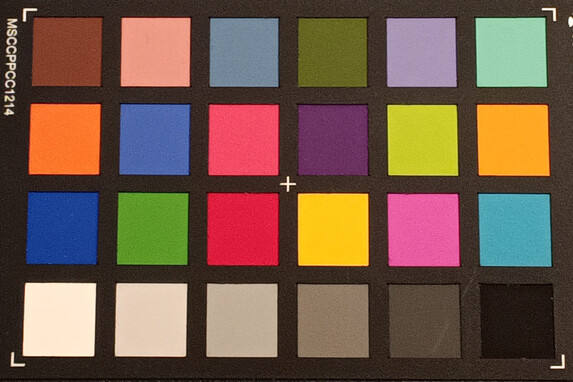

显示屏 - 低分辨率,但无 PWM
| |||||||||||||||||||||||||
Brightness Distribution: 88 %
Center on Battery: 475 cd/m²
Contrast: 1105:1 (Black: 0.43 cd/m²)
ΔE ColorChecker Calman: 7.83 | ∀{0.5-29.43 Ø4.78}
ΔE Greyscale Calman: 8.3 | ∀{0.09-98 Ø5}
89.1% sRGB (Calman 2D)
Gamma: 2.68
CCT: 8806 K
| Doogee Blade 20 Turbo IPS, 1612x720, 6.6" | Oukitel WP35 IPS, 2408x1080, 6.6" | Cubot KingKong AX IPS, 2408x1080, 6.6" | Samsung Galaxy XCover 7 PLS, 2408x1080, 6.6" | |
|---|---|---|---|---|
| Screen | 5% | 6% | 14% | |
| Brightness middle (cd/m²) | 475 | 552 16% | 553 16% | 600 26% |
| Brightness (cd/m²) | 441 | 549 24% | 521 18% | 561 27% |
| Brightness Distribution (%) | 88 | 94 7% | 86 -2% | 89 1% |
| Black Level * (cd/m²) | 0.43 | 0.42 2% | 0.5 -16% | 0.57 -33% |
| Contrast (:1) | 1105 | 1314 19% | 1106 0% | 1053 -5% |
| Colorchecker dE 2000 * | 7.83 | 7.22 8% | 7.18 8% | 5.07 35% |
| Colorchecker dE 2000 max. * | 11.09 | 13.09 -18% | 10.23 8% | 8.1 27% |
| Greyscale dE 2000 * | 8.3 | 10.1 -22% | 7.1 14% | 5.7 31% |
| Gamma | 2.68 82% | 1.785 123% | 2.291 96% | 2.249 98% |
| CCT | 8806 74% | 9036 72% | 8964 73% | 8162 80% |
* ... smaller is better
Screen Flickering / PWM (Pulse-Width Modulation)
| Screen flickering / PWM not detected | |||
In comparison: 53 % of all tested devices do not use PWM to dim the display. If PWM was detected, an average of 8142 (minimum: 5 - maximum: 343500) Hz was measured. | |||
Display Response Times
| ↔ Response Time Black to White | ||
|---|---|---|
| 17.6 ms ... rise ↗ and fall ↘ combined | ↗ 5 ms rise | |
| ↘ 12.6 ms fall | ||
| The screen shows good response rates in our tests, but may be too slow for competitive gamers. In comparison, all tested devices range from 0.1 (minimum) to 240 (maximum) ms. » 38 % of all devices are better. This means that the measured response time is better than the average of all tested devices (20.2 ms). | ||
| ↔ Response Time 50% Grey to 80% Grey | ||
| 39.7 ms ... rise ↗ and fall ↘ combined | ↗ 21.2 ms rise | |
| ↘ 18.5 ms fall | ||
| The screen shows slow response rates in our tests and will be unsatisfactory for gamers. In comparison, all tested devices range from 0.165 (minimum) to 636 (maximum) ms. » 60 % of all devices are better. This means that the measured response time is worse than the average of all tested devices (31.7 ms). | ||
性能、排放和电池寿命--Doogee 手机的强劲动力
采用联发科 密度 7050Doogee Blade 20 Turbo 的性能明显优于同价位的大多数竞争对手。在日常使用中,它能提供稳定的中端性能,实现流畅的系统导航和标准任务的无卡顿处理。相对较低的屏幕分辨率也有助于持续流畅地运行。
在持续负载情况下,机箱会明显发热,但不会达到临界水平。在 3DMark 压力测试中,即使多次运行基准测试,也没有观察到明显的节流现象。
从扬声器的声音曲线来看,高音明显偏重,这在实际使用中得到了证实。这有利于提高语音清晰度,但音乐和电影音频听起来单薄且缺乏深度。蓝牙音频播放支持多种编解码器,包括 Opus 等不常用的格式。
Doogee Blade 20 Turbo 配备 10,300mAh 电池,在我们的 Wi-Fi 电池测试中表现出色,实现了 23:17 小时的续航时间。这可以轻松满足一整天的重度使用需求,而且在不充电的情况下通常可以延长至两天。该设备最高支持 33W 充电,但充满电仍需要 3 个多小时。
| Geekbench AI | |
| Single Precision NPU 1.5 | |
| Average of class Smartphone (80 - 5210, n=52, last 2 years) | |
| Doogee Blade 20 Turbo | |
| Average MediaTek Dimensity 7050 (528 - 531, n=2) | |
| Half Precision NPU 1.5 | |
| Average of class Smartphone (80 - 36297, n=52, last 2 years) | |
| Doogee Blade 20 Turbo | |
| Average MediaTek Dimensity 7050 (561 - 579, n=2) | |
| Quantized NPU 1.5 | |
| Average of class Smartphone (133 - 49889, n=52, last 2 years) | |
| Doogee Blade 20 Turbo | |
| Average MediaTek Dimensity 7050 (1645 - 1704, n=2) | |
| Doogee Blade 20 Turbo | Oukitel WP35 | Cubot KingKong AX | Samsung Galaxy XCover 7 | Average 256 GB UFS 3.1 Flash | Average of class Smartphone | |
|---|---|---|---|---|---|---|
| AndroBench 3-5 | -84% | 33% | 18% | 83% | 109% | |
| Sequential Read 256KB (MB/s) | 1873.2 | 292 -84% | 1000.7 -47% | 488.2 -74% | 1757 ? -6% | 2242 ? 20% |
| Sequential Write 256KB (MB/s) | 1250.2 | 149.5 -88% | 915.2 -27% | 501 -60% | 1204 ? -4% | 1850 ? 48% |
| Random Read 4KB (MB/s) | 280.9 | 61.7 -78% | 230.6 -18% | 212 -25% | 287 ? 2% | 296 ? 5% |
| Random Write 4KB (MB/s) | 72.4 | 9.4 -87% | 233.2 222% | 240.2 232% | 318 ? 339% | 336 ? 364% |
(-) The maximum temperature on the upper side is 47.9 °C / 118 F, compared to the average of 35.2 °C / 95 F, ranging from 21.9 to 247 °C for the class Smartphone.
(-) The bottom heats up to a maximum of 45.4 °C / 114 F, compared to the average of 34 °C / 93 F
(+) In idle usage, the average temperature for the upper side is 29 °C / 84 F, compared to the device average of 32.9 °C / 91 F.
3DMark Steel Nomad Stress Test
| 3DMark | |
| Wild Life Stress Test Stability | |
| Samsung Galaxy XCover 7 | |
| Oukitel WP35 | |
| Doogee Blade 20 Turbo | |
| Cubot KingKong AX | |
| Wild Life Extreme Stress Test | |
| Samsung Galaxy XCover 7 | |
| Cubot KingKong AX | |
| Doogee Blade 20 Turbo | |
| Oukitel WP35 | |
| Steel Nomad Light Stress Test Stability | |
| Doogee Blade 20 Turbo | |
Doogee Blade 20 Turbo audio analysis
(+) | speakers can play relatively loud (86.9 dB)
Bass 100 - 315 Hz
(-) | nearly no bass - on average 24.9% lower than median
(±) | linearity of bass is average (10.4% delta to prev. frequency)
Mids 400 - 2000 Hz
(±) | higher mids - on average 9.8% higher than median
(±) | linearity of mids is average (9% delta to prev. frequency)
Highs 2 - 16 kHz
(±) | higher highs - on average 6% higher than median
(+) | highs are linear (6.5% delta to prev. frequency)
Overall 100 - 16.000 Hz
(±) | linearity of overall sound is average (28.4% difference to median)
Compared to same class
» 74% of all tested devices in this class were better, 5% similar, 22% worse
» The best had a delta of 11%, average was 35%, worst was 134%
Compared to all devices tested
» 85% of all tested devices were better, 3% similar, 12% worse
» The best had a delta of 4%, average was 24%, worst was 134%
Samsung Galaxy XCover 7 audio analysis
(+) | speakers can play relatively loud (84.3 dB)
Bass 100 - 315 Hz
(-) | nearly no bass - on average 25.6% lower than median
(±) | linearity of bass is average (10.8% delta to prev. frequency)
Mids 400 - 2000 Hz
(±) | higher mids - on average 6.3% higher than median
(±) | linearity of mids is average (7% delta to prev. frequency)
Highs 2 - 16 kHz
(±) | higher highs - on average 5.4% higher than median
(+) | highs are linear (6.1% delta to prev. frequency)
Overall 100 - 16.000 Hz
(±) | linearity of overall sound is average (20.9% difference to median)
Compared to same class
» 38% of all tested devices in this class were better, 8% similar, 54% worse
» The best had a delta of 11%, average was 35%, worst was 134%
Compared to all devices tested
» 56% of all tested devices were better, 8% similar, 37% worse
» The best had a delta of 4%, average was 24%, worst was 134%
| Doogee Blade 20 Turbo 10300 mAh | Oukitel WP35 11000 mAh | Cubot KingKong AX 5100 mAh | Samsung Galaxy XCover 7 4050 mAh | |
|---|---|---|---|---|
| Battery runtime | 19% | -24% | -42% | |
| WiFi v1.3 (h) | 23.3 | 27.7 19% | 17.6 -24% | 13.4 -42% |
| Reader / Idle (h) | 23.4 | |||
| H.264 (h) | 14.4 | |||
| Load (h) | 4.7 |
Notebookcheck 总体评分
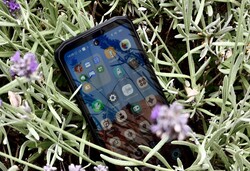
如果你能接受它的重量和笨重的尺寸,那么 Doogee Blade 20 Turbo 就是一款功能强大、值得信赖的智能手机。
Doogee Blade 20 Turbo
- 07/13/2025 v8
Florian Schmitt
对可能的替代品进行比较
Transparency
The selection of devices to be reviewed is made by our editorial team. The test sample was freely purchased by the author at his/her own expense. The lender had no influence on this review, nor did the manufacturer receive a copy of this review before publication. There was no obligation to publish this review. As an independent media company, Notebookcheck is not subjected to the authority of manufacturers, retailers or publishers.
This is how Notebookcheck is testing
Every year, Notebookcheck independently reviews hundreds of laptops and smartphones using standardized procedures to ensure that all results are comparable. We have continuously developed our test methods for around 20 years and set industry standards in the process. In our test labs, high-quality measuring equipment is utilized by experienced technicians and editors. These tests involve a multi-stage validation process. Our complex rating system is based on hundreds of well-founded measurements and benchmarks, which maintains objectivity. Further information on our test methods can be found here.




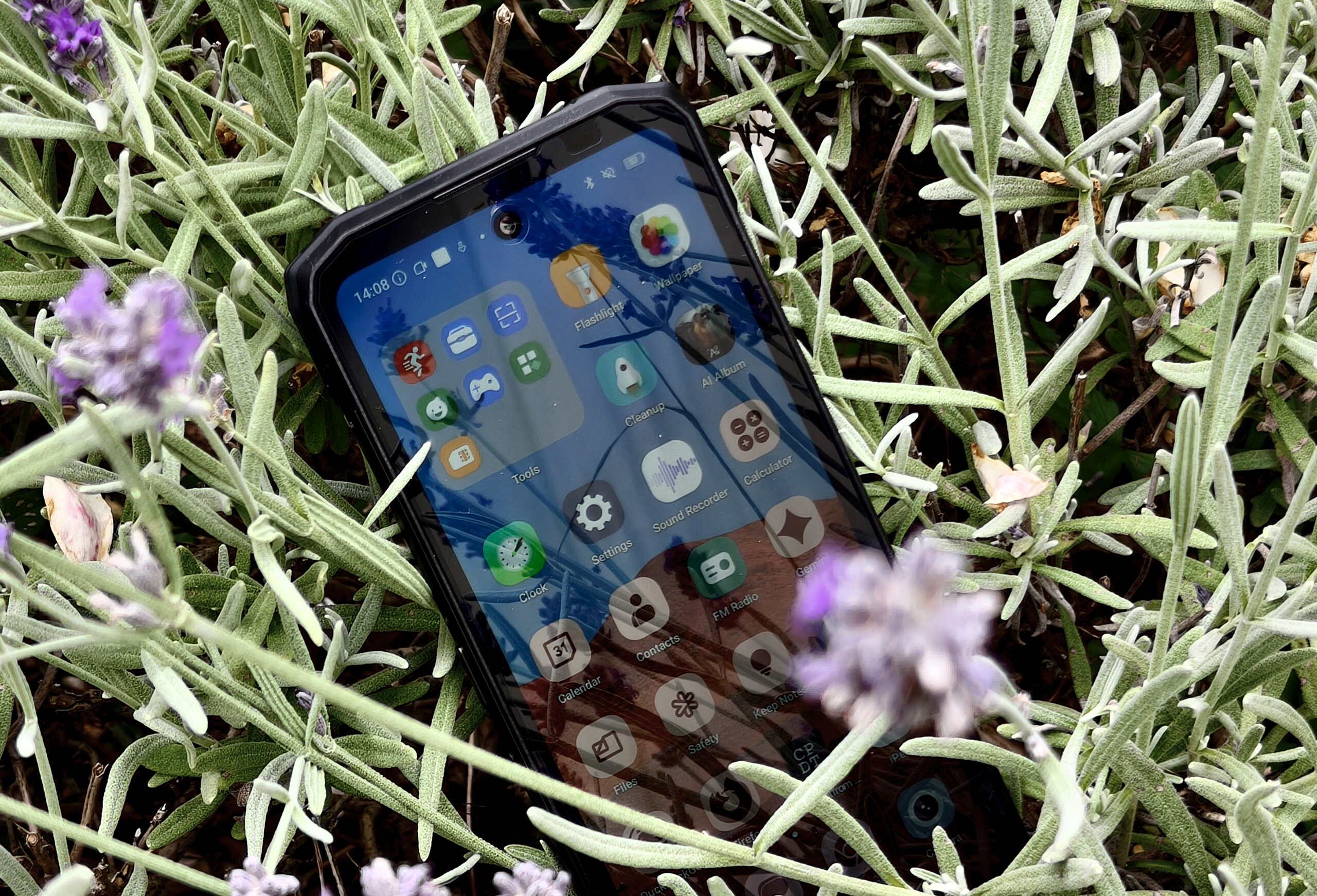

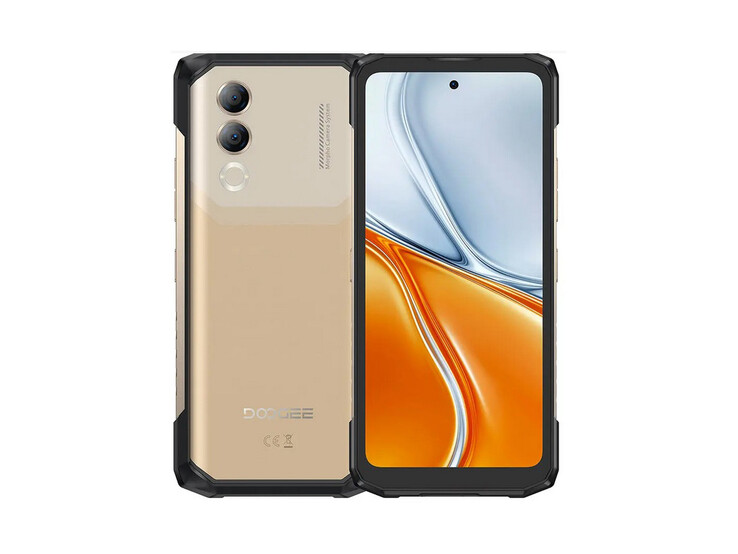

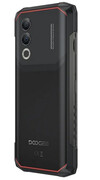
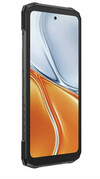
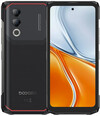


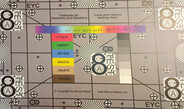



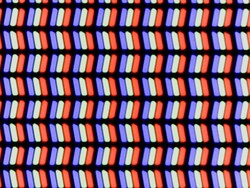
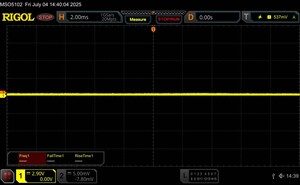
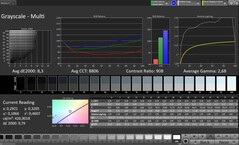
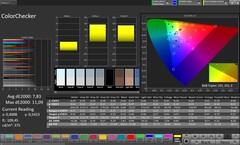
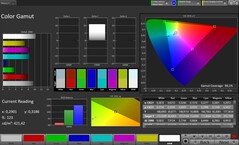
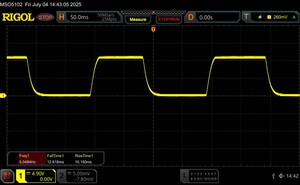
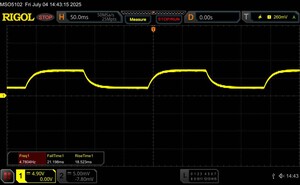
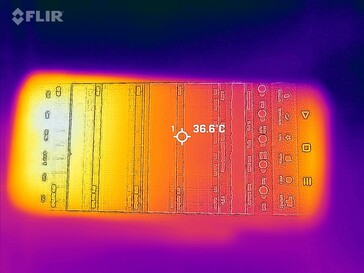
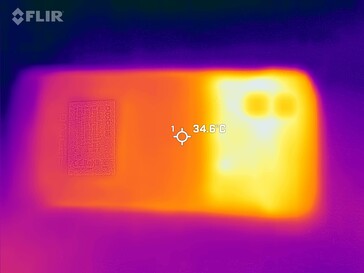
 Total Sustainability Score:
Total Sustainability Score: 